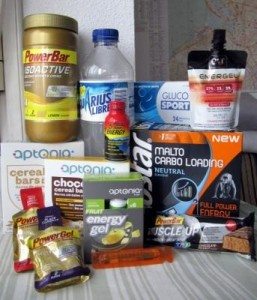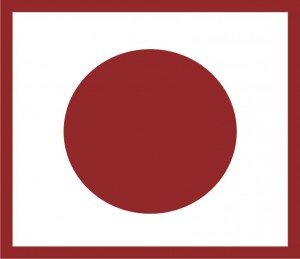Chinese scientists developed a colour-code-based gel-like smart tag to detect the freshness of such food items as milk, juices and canned meat even without opening the containers. It could be customised for other food and beverages products also.
Chao Zhang, the study’s lead researcher, is a Peking University scientist. She and other researchers had been working on the system for the last three years, and presented the report on the colour-changing food deterioration tags at the recent meeting of the American Chemical Society (ACS).
Consumers can find whether a carton of milk has turned sour or has spoiled without opening the containers with the colour code-based tag. The colours signify a range between 100% fresh and 100% spoiled.
If the tag is red or reddish-orange in colour, it means the food item is fresh. Over time, its colour changes to orange, yellow and finally green, which indicates that the food is spoiled. The tag is inexpensive and safe.
It could be widely programmed to mimic almost all ambient-temperature deterioration processes in foods. The use of the tags could potentially solve the problem of knowing how fresh packaged perishable foods remain over time.
“Even if manufacturers, grocery-store owners and consumers do not know whether the food has been unduly exposed to higher temperatures (which could cause unexpected spoilage), the tag still gives a reliable indication of the quality of the product,” the report said.
Technology
“The whole idea is to use a chemical reaction to track, mimic and indicate the deteriorative processes (like microbial growth) in perishables.” Zhang said.
“The kinetics of both microbial growth and chemical reactions are temperature sensitive, so if we could somehow manage to make them parallel to each other, then you could tell the quality of the perishables by checking how far the chemical reaction has proceed,” she added.
”And some information about this particular chemical reaction we used for the tag, namely silver overgrowth on gold nanorods. Metallic nanostructures can impart very intense colours, which are affected by their chemical composition, size and shape,” Zhang stated.
“The gold nanorods we used here are red in colour. During the reaction, silver is deposited on their surface, changing their composition, size and shape. As the silver layer thickens, the tag evolves from the initial red colour to orange, yellow, green, and even blue and violet,” she added.
”We found simple methods to control the kinetics of this reaction. For example, the red-to-green duration at room temperature can be widely tuned from minutes to months, covering the kinetic features of a wealth of perishables,” Zhang said.
She added, “So for a specified perishable, we could customise a tag by altering the recipe to make sure it has the same kinetic features as the perishable.”
“We hope to put this smart tag into real-world applications. This technique has been patented in China, and we are seeking possible collaborations with people in the industry. And quite excitingly, we have got a few contacts since the ACS meeting,” Zhang added.



